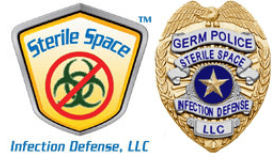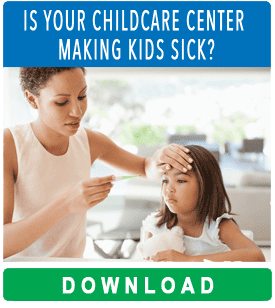MRSA, or methicillin-resistant Staphylococcus aureus, is an antibacterial resistant staph infection commonly spread through skin contact with an infected person. Though related to the more common staph infections, MRSA is an increasingly common disease – most famously in hospitals. More worrisome for parents, however, is that MRSA is now a growing concern for schools and gyms, where the disease commonly spreads between children playing sports or in PE classes.
MRSA can be hard to identify, however, until it starts to spread. Sometimes the carrier will be asymptomatic, that is, carry the bug without showing any symptoms of infection. In these cases, it’s possible to spread the disease without knowing, and the only way to identify is with blood testing. In most cases, however, it’s important to be on the watch for these symptoms, as they can be the first warning signs of a MRSA infection.
Swollen Red Skin
The site of a MRSA infection is often compared to a nasty bug bite or a spider bite. The skin starts to turn red and swells up, with a prominent bump forming in the center. These bumps fill with pus and can be painful or warm to the touch. At first, they may look either like a bug bite or a pimple. From the skin, MRSA and other staph infections can spread deeper into your tissue, possibly entering the bloodstream.
The skin around the MRSA infection will usually become very itchy, possibly spreading throughout the entire body. A rash can also develop around the infected area.
Treatment at this point usually means drainage and cleaning. Your doctor can sanitize the wound and remove the infection. There are also some antibiotic treatments that MRSA has not developed resistance to, though these are less common solutions.
Lesions
If left untreated, the original pustule will likely turn into a deeper, open wound. At this point it should be very obvious that the wound is not an insect bite, but instead is an infectious disease. By now patients should be actively seeking medical treatment. At this point, however, surgical removal of the lesion is usually the only option.
Treatment
If you have a skin irritation or insect bite, monitor it closely for signs of infection. If it does not show any indication of healing, you may want to contact a doctor as soon as possible. If a rash spreads, along with itching and swelling, it could be a sign of a MRSA infection and needs treatment.
If you’ve already been treated, it is possible for MRSA to reappear in waves of sores showing up on your skin. Should this happen, your doctor can treat the infection again. MRSA, however, can affect the immune system, and so must be reported to doctors in the future if you’ve ever been infected.
If your doctor diagnosed your skin infection as a regular staph infection, you may be put on a course of antibiotics. This should start taking effect quickly, but it’s very important that you monitor progress. If the antibiotic treatments aren’t improving your infection, this could also indicate a MRSA infection, and antibiotics will not be effective in treatment.
Additional Resources:
https://healthyliving.azcentral.com/mrsa-itch-symptoms-12201235.html
https://www.cdc.gov/mrsa/pdf/MRSA_Broch_Parent.pdf
http://mrsatopic.com/2010/09/how-do-i-know-if-i-have-mrsa/
https://www.livestrong.com/article/153259-early-signs-symptoms-of-mrsa/
https://www.decodedscience.org/how-do-i-know-if-i-have-mrsa-what-is-methicillin-resistant-staph-a/28190/2
https://www.webmd.com/skin-problems-and-treatments/understanding-mrsa-symptoms




